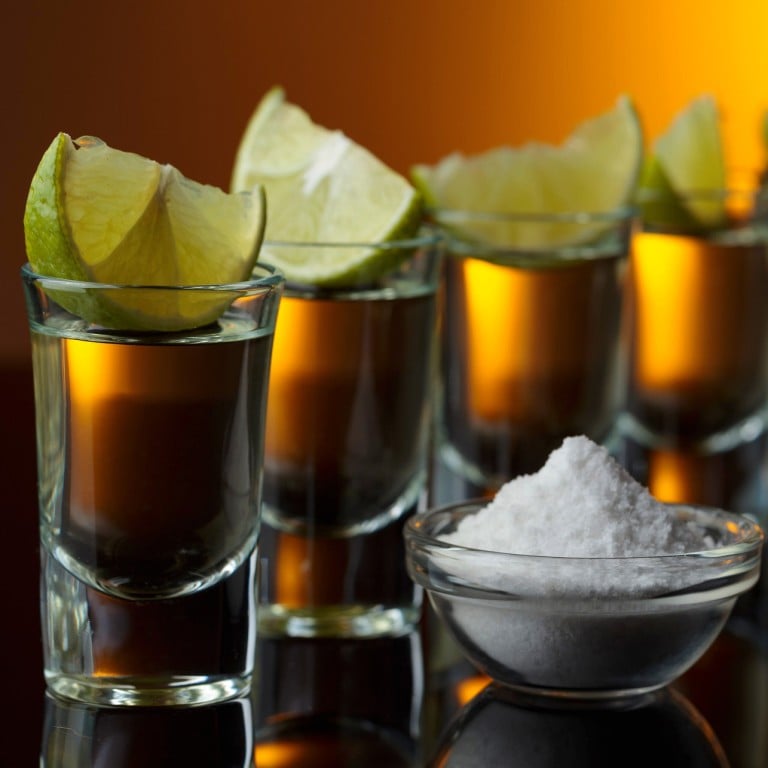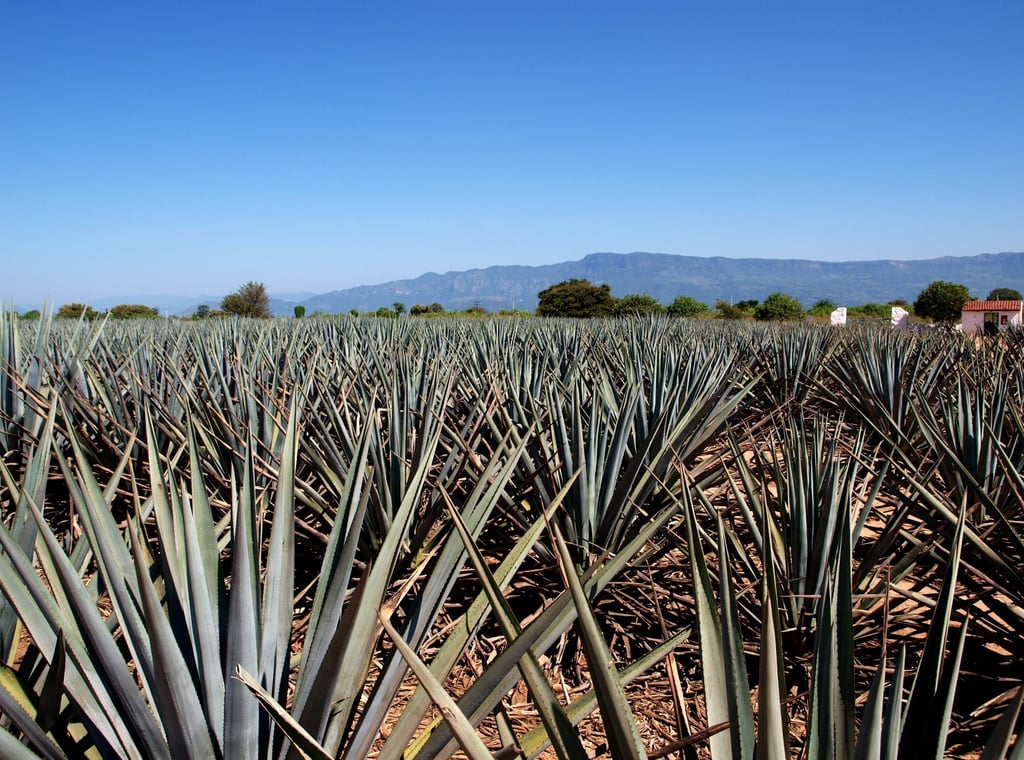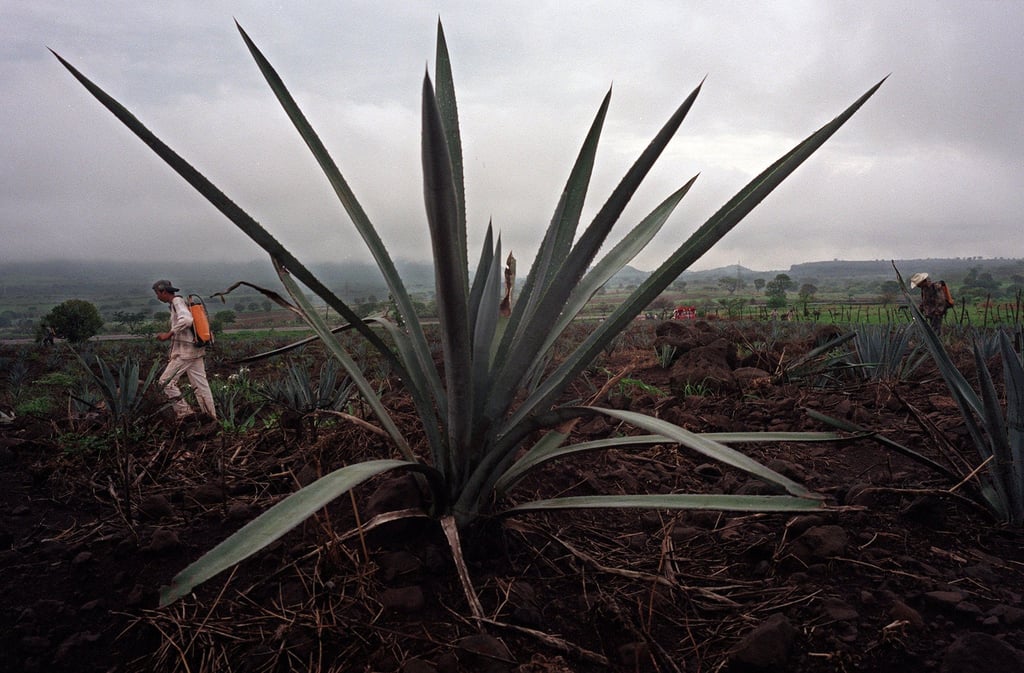Can celebrities make tequila cool? Dwayne Johnson, Kendall Jenner and Michael Jordan are all releasing branded bottles – but the Mexican spirit still screams hangovers and bitter lemon to many

- Dwayne Johnson launched his Teremana brand last year, following Michael Jordan’s Cincoro Tequila and Nick Jonas’ Villa One in 2019
- Kendall Jenner and Kevin Hart are said to be next on the bandwagon, following earlier A-list agave pioneers George Clooney and Justin Timberlake
Tequila began its life as pulque, a nutrient-rich drink fermented from maguey agave by pre-Conquistador natives. It was purportedly first produced en masse by Spanish aristocrat Don Pedro Sánchez de Tagle in Mexico’s west-central state of Jalisco; José Antonio Cuervo was the first licenced manufacturer. Today, roughly 100 distillers produce high-end tequilas which are tightly regulated to ensure singularity and quality. Now made from the agave tequilana – blue agave – plant that grows in Jalisco’s volcanic soil and hot, dry climate, tequila must meet geographic and production standards akin to those of champagne to be labelled as 100 per cent agave tequila.

“It’s one of the most labour-intensive spirits in the world, and one of the most terroir-driven spirits in the world. Plants stay in the ground for eight years, sometimes up to 30,” says Jay Khan, owner of Hong Kong tequila bar Coa, ranked third on Asia’s 50 Best Bars list for 2020. Jimadores, adhering to centuries of tradition, plant and harvest agave by hand, using a long-handled blade called a coa. It’s then cooked in brick ovens and crushed into juice which is fermented and distilled twice.
Tequila comes in varieties whose complexity depends on age: unaged blanco (white) or plata (silver) tequilas are bottled immediately after distillation; reposados are aged two to 12 months in oak barrels; and añejos, the jewel in the crown, are aged a minimum of one year and up to three. Even older extra añejo varieties were established in 2006.
Unfortunately, tequila still has the ‘spring break’ reputation and there are definitely cheap, poorly made spirits on the market that perpetuate this trend
Despite the craftsmanship that goes into producing tequila, its enigmatic personality and often spotty supply has contributed to it being intensely misunderstood. There was a time not too long ago when tequila was rumoured to be heading the way of the dodo due to either the endangered status of a pollinating bat, climate change causing agaves to grow too fast, and farmers planting more lucrative, high-demand biofuels (like corn), drastically reducing yields in the late 2000s.
As Khan sees it, some of that is mythmaking. Agave’s long maturation and harsh native climate make it among the toughest plants in the world, and natural agricultural ebbs and flows supported a bit of savvy marketing that coincided with the drink’s rising profile. But tequila’s struggle to gain global traction is rooted in unfamiliarity. Tequila sales are “still driven by the entry-level segment”, notes Roger Chan, CEO of Metagroup, which distributes Cuervo and 1800 in Hong Kong. Noting tequila’s “real synergy for high-energy occasions and nightlife venues”, Chan admits Covid-19 has thrown up a roadblock to wider appreciation, but it’s “encouraged people to appreciate the spirit in a slightly lower-tempo environment, which has allowed people to appreciate the more premium brands and different taste profiles”, demand for which is spiking.

Tracy Gan at The Bottle Shop, in Sai Kung, Hong Kong, sees a future in the spirit too, noting visiting mixologists and Hong Kong bartenders returning from overseas have supported broader exploration since the early 2010s. “Hong Kong drinkers have become more discerning as the standard of bars and their menus have been raised,” says Gan. Indeed, Khan says he’s only had a handful of people drop into Coa asking for a shot and lemon, and Daniel Eun, managing partner and beverage director at Mexican eatery 11 Westside, in the neighbouring Kennedy Town district, agrees.